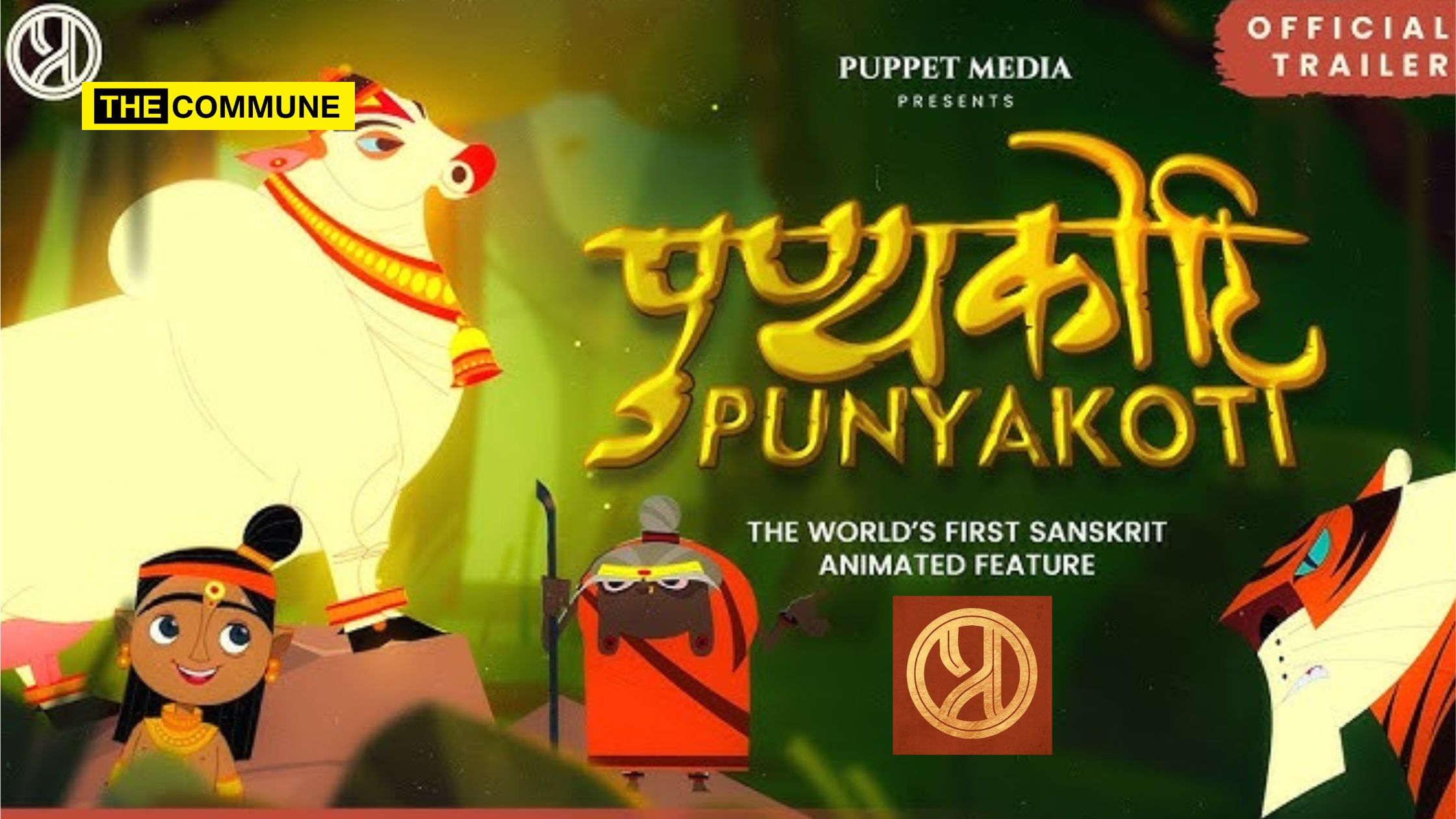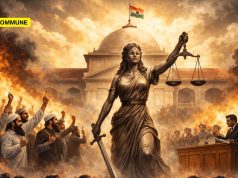
The Prachyam team launched their ambitious project, Punyakoti, the world’s first animated Sanskrit film, to spotlight Bharat’s rich cultural heritage for the next generation. In an era where children’s entertainment has shifted from value-driven classics like “Ramayana” to content steeped in woke themes, “Punyakoti” aims to offer a refreshing return to timeless stories of integrity and Bharatiya morality.
Cartoons For Indian 90’s kids and Gen Z
Amid rapid technological advancements and shifting cultural landscapes, two generations—Indian 90s kids and Gen Z, born between 1997 and 2012—have experienced a profound transformation in how they engage with the world. These generations have witnessed a remarkable technological evolution that has impacted their daily lives. This journey began with the introduction of television into Indian households. It brought a captivating array of cartoon shows that captivated young minds. Children found themselves engrossed in a new realm of entertainment, often preferring the animated worlds on screen to the outdoors.
The early days of television delivered an unforgettable era of cartoons that defined childhood for many. Shows like “Oswald,” with its soothing melodies and gentle characters, provided a serene escape. At the same time, classics like “Tom and Jerry,” “Courage the Cowardly Dog,” and “Looney Tunes” offered a mix of humour and light-hearted antics. Despite their sometimes chaotic antics, these shows avoided promoting real-world mischief or violence, with only a few exceptions, such as the occasionally overzealous fans of “Dragon Ball Z” and “Ben 10.”
Woke Messages in Cartoons
As society evolved, so did the content on screens, reflecting the broader cultural shifts. While early animated shows occasionally touched on emerging cultural themes such as the anxious antics of “Scooby-Doo & Shaggy” or Johnny Bravo’s over-the-top flirtations, the contemporary landscape is now steeped in complex ideas like “binary” and “queer,” even many adults struggle to comprehend. There’s an expectation to teach children these complex ideas, although sex education itself is still considered taboo. While offering options is not inherently wrong, the concern is that such concepts should not fundamentally shape children’s characters.
While these concepts are pivotal in contemporary adult discussions, they can overwhelm young, impressionable children. These young viewers are easily swayed by peer influence and trends. Given their still-developing grasp of the world, such complexities may make even straightforward ideas difficult for them to understand.
To counter this struggle, traditional Indian creative practices offer a more accessible approach to shaping young minds. These time-tested storytelling practices protect them from negative influences and allow them to enjoy their childhood. We have a rich history of folklore, songs, puppetry, and skits, engaging children with moral lessons and cultural values. They imparted non-provocative stories, teaching children to be morally upright, respect other human beings, and grow as a society with strong values.
Drama shows and puppetry were also significant parts of popular entertainment. Watching “Ramayana” with full devotion and eagerly anticipating Hanuman’s flight across the seas to deliver Ram’s message to Sita was a cherished experience. Hanuman was revered and considered a protector, and chanting his name was believed to keep harm at bay.
However, the shift towards modernity missed the “Ramayana,” “Little Krishna,” and tales of Hanuman offered children moral lessons wrapped in cultural narratives. These programs, rich in spiritual and ethical teachings, provided a foundation of values and cultural heritage. However, the emphasis on cultural stories and moral education began to wane.
Today, parenting has become increasingly challenging with foreign influences impacting children’s behavious. For instance, a new episode of a Netflix Jr. cartoon for preschoolers faced backlash for introducing concepts like “nonbinary” and “they/them” pronouns. Meanwhile, Indian cartoons often revolve around monotonous 3D characters with repetitive/No plots. There is no difference between “Oogy and the Cockroaches” or “Rat-a-Tat” and Japanese manga like “Shinchan” teaches children how not to behave? And all other non sense.
Punyakoti – First Animated Sansrit Film
Amid these changes, the “Prachyam” team has embarked on a mission to revitalize Indian cultural narratives for today’s children. Their groundbreaking project, “Punyakoti,” marks the world’s first animated Sanskrit film, reminiscent of Disney’s storytelling approach. It is the tale of Punyakoti, a truthful cow whose commitment to her word transforms her fate and the heart of a tiger. Through lush animation and a stirring soundtrack, “Punyakoti” revives timeless values of integrity and morality.
Disney styled World's First Animated Sanskrit Film- Punyakoti is now live on https://t.co/xl9jBa4NEz!
Have you seen it? pic.twitter.com/mjuzamVFDH
— Prachyam (@prachyam7) August 21, 2024
But this is not all; the platform has also introduced other captivating storytelling videos. For instance, it narrates the enduring saga of Bhakt Prahlad and his divine triumph over the evil demon king Hiranyakashyap. The narrative unfolds with Prahlad’s unwavering devotion to Lord Vishnu. This tale exemplifies the enduring power of faith, righteousness, and divine intervention. It offers a profound message of courage and dedication within Hindu mythology.
“Eye of the Parrot: Arjuna’s Singular Focus on the Parrot’s Eye” recounts the legendary tale of Arjuna’s extraordinary archery skills. These efforts to reignite ancient glory and instil confidence in children about their cultural roots are truly commendable.
Subscribe to our Telegram, WhatsApp, and Instagram channels and get the best stories of the day delivered to you personally.




